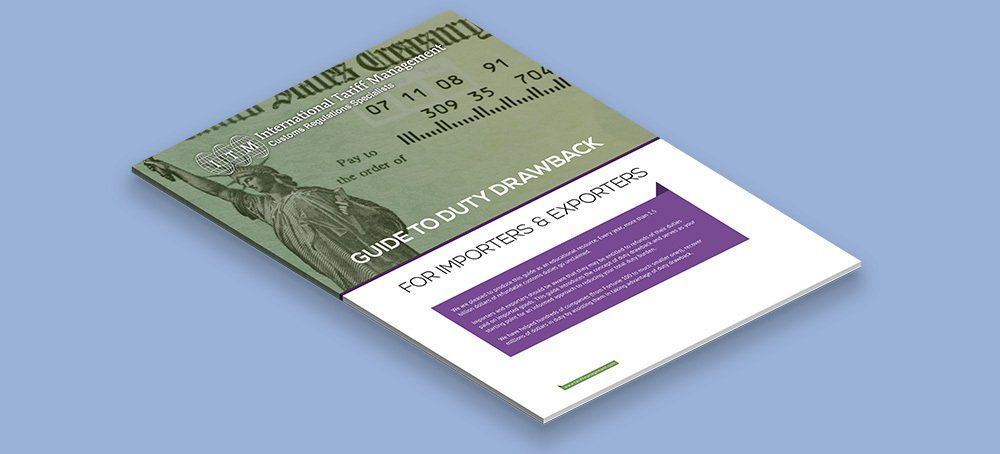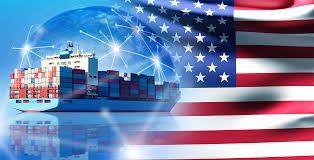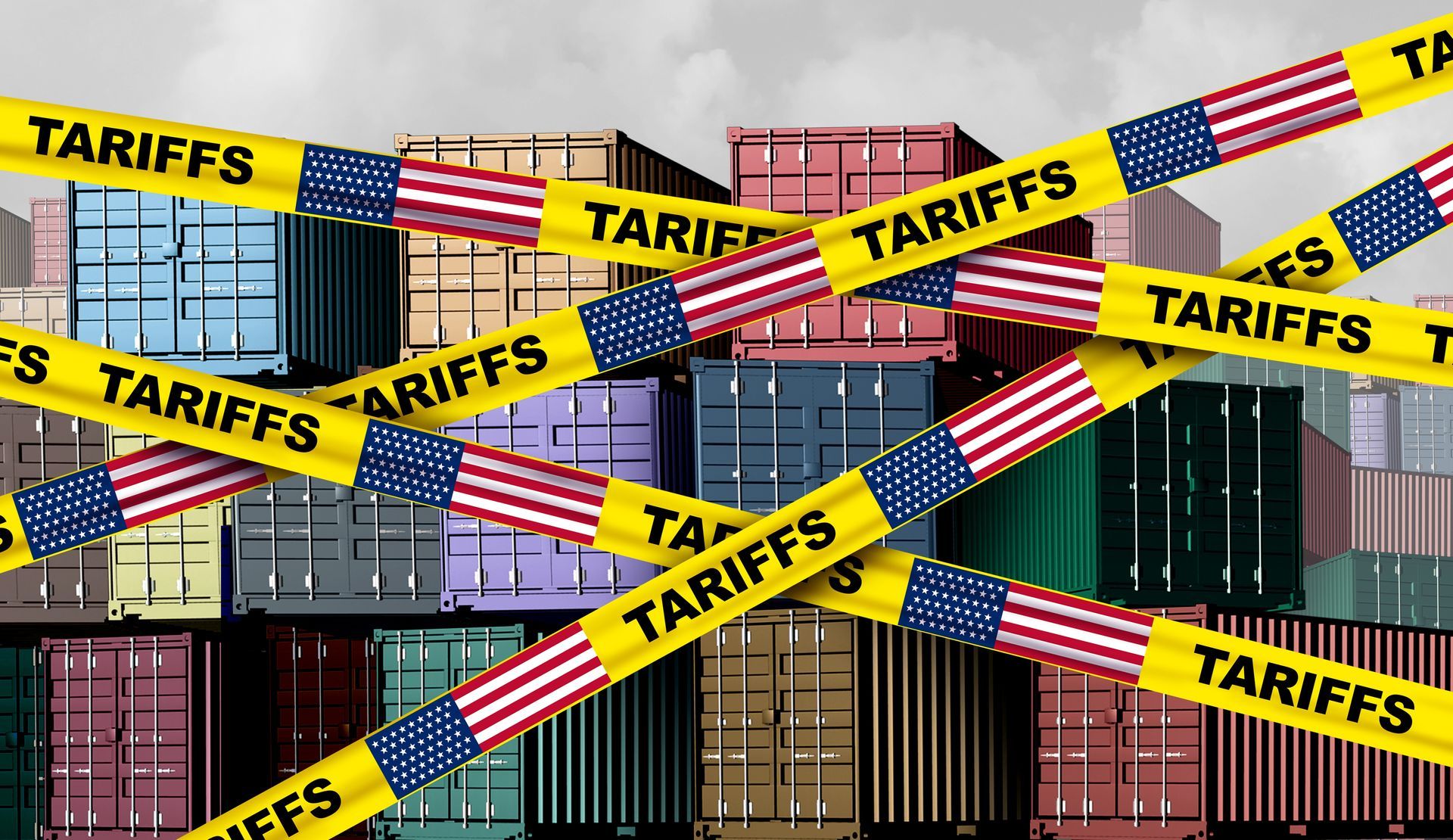Guide To Duty Drawback
An educational resource for importers and exporters

We are pleased to produce this new guide as an educational resource. Every year, more than 1.5 billion dollars of refundable customs duties go unclaimed. Importers and exporters should be aware that they may be entitled to refunds of their duties paid on imported goods. This new guide introduces the concept of duty drawback and serves as your starting point for an informed approach to reducing your total duty burden.
BOLSTER YOUR COMPETITIVE ADVANTAGE
When participating in a duty drawback program, you are able to sell your products into foreign markets at more competitive prices than you would if you still had to account for the duties that are paid on the imports. Many companies today are sourcing dutiable raw materials as well as finished goods from all over the world. If these imported items are ultimately being exported, you may be missing out on a 99% refund of the duties paid on the import upon export.
Many imported goods are subject to high amounts of duty. The duty rate varies according to the type of commodity and from where it is being sourced. Some industries, such as the apparel industry, can be subject to duties as high as 30%. If you try to absorb this cost upon import and then sell your finished product internationally, it can substantially drive up costs ultimately rendering companies unable to compete in the foreign market. The ability to get back these duties when these products are exported out of the country is a big benefit in remaining competitive.
EXPERIENCE CAN EXPEDITE YOUR RETURN
With over 30 years of experience in providing tariff management services, we work very closely with the U.S. Customs Service. Throughout these years, we have established a professional reputation and close relationship with Customs offices and personnel around the country. We have achieved credibility and earned their respect by strictly adhering to the Customs regulations while legitimately supporting all of our requests and submissions filed with the Customs office. Gaining this type of credibility takes years of consistency and steady dedication to the rules and regulations of the U.S. Customs Service.
AN EFFECTIVE, SYSTEMATIC APPROACH TO DUTY DRAWBACK
Enable your company to profit by reducing the costs of doing business in the fiercely competitive global economy. A properly managed duty drawback program converts previously discarded dollars to profits and consists of:
- Attention to detail
- Proper record retention
- Adherence to regulations
GOOD PARTNERS MAKE COMPLIANCE EASY
Staying on top of the regulations is required, but ITM doesn’t stop there. We remain actively involved in a number of trade organizations such as The American Association of Importers and Exporters and The Customs Brokers Association, where we are an active member of the Drawback Committee. This involvement keeps us on the leading edge of compliance and helps us participate in the shaping of the regulations in the future.
The process of gathering the tremendous amount of data and support documentation required can be quite cumbersome for an inexperienced claimant. Our proficiency and credibility has allowed us to develop a procedure that streamlines this practice. Using highly organized methods along with our industry approved proprietary software program, claims are presented to U.S. Customs in a manner that allows for a smooth and expeditious return of duties for our clients. Further, we work on a contingency basis and collect no fee until our client has received their refund.
DESIGNED TO MEET YOUR EXPECTATIONS
Every drawback program starts with a kick-off meeting involving all of the critical participants. By communicating the precise process and the documentation requirements in advance, we can collaborate more effectively with everyone involved and streamline the process. Whether you are a large corporation with many departments or a small, owner operated enterprise, we structure our services to meet your organization’s needs.
We can file for duty drawback going back three years on your exports after establishing a solid audit trail from which to follow your business process. We continue to employ extensive quality audit checks to make sure that the data that comes to us is correct. The process can take several months, but if handled properly, it can pay big dividends. Why not start a program with us today?
Get actionable advice on cost-saving strategies that boost your bottom line.
Subscribe here:





















